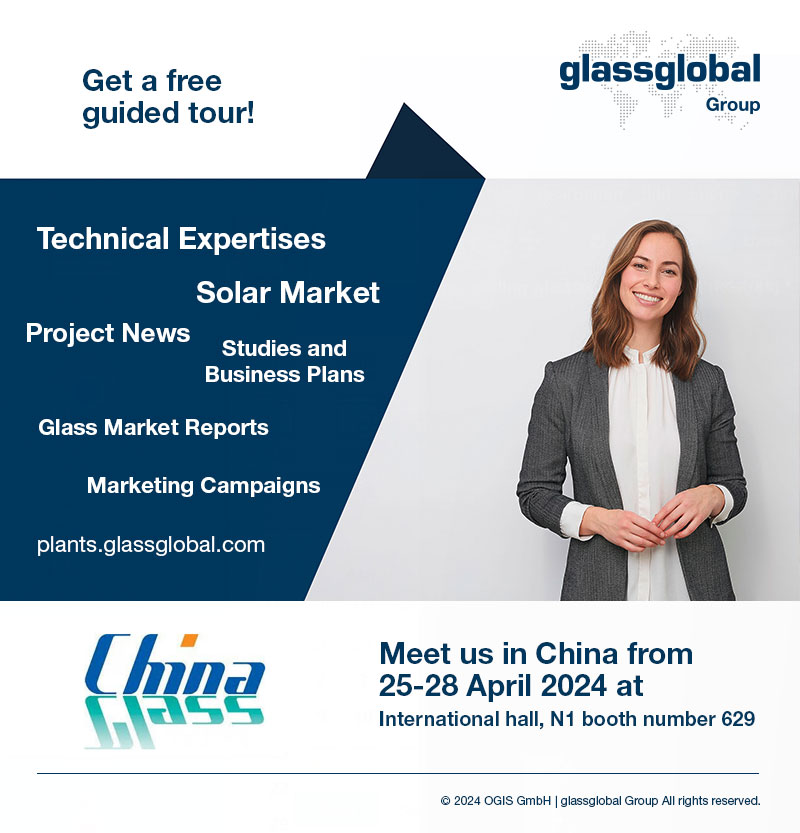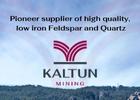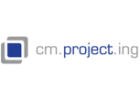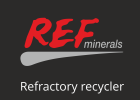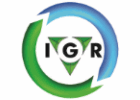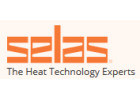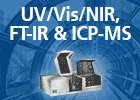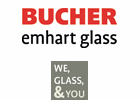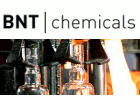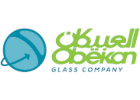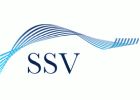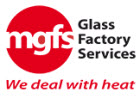Kontakt Info
| Anschrift | AGC Ceramics Co., Ltd. 4-1-23, Shiba, Minato-ku Tokyo 108-0014 |
| Land | Japan |
| Telefon | 0081 3 54429177 |
| Telefax | 0081 3 54429190 |
| Ihre Nachricht an AGC Ceramics Co., Ltd. | |
| Internet | www.agcc.jp |
| Gründungsjahr | 1903 |
Ansprechpartner
| Kontakt 1. | Akinobu Shimao President and CEO |
|
| Kontakt 2. | Akira Nishida |
|
| Kontakt 3. | Masuro Ota General Manager Glass Industry Division |
|
| Kontakt 4. | Ryouta Tejima |
|
| Kontakt 5. | Ken Watanabe |
|
| Kontakt 6. | Ryuuhei Hosotani Manager / Glass Industry Sales and Marketing |
Produkte oder Maschinen
Utilizing our knowledge accumulated over decades using "Global Technology Leadership", AGC Ceramics offers 5 solutions that match each life-stage of glass melting furnaces.
Global technology leadership
1) Knowledge of refractories.
2) Selection and supplying of the most suitable refractory.
3) Knowledge of glass melting technologies.
4) Knowledge and understanding of operation and maintenance of glass melting furnaces.
5) Defect-analyzing technology of glass melting furnaces and knowledge of detecting the emergence of defects.
6) Melting simulation analysis technology within the glass melting furnaces.
Geschichte & Produkte
1916 Production of bonded refractories began in Asahi Glass Co., Ltd. Amagasaki Plant.
1932 Japan´s first fused cast refractories began in Asahi Glass Co., Ltd. Amagasaki Plant.
1969 Purchased the New installation method for monolithic refractories division from NKK Corp. and started intensive production of fused/bonded/New installation method for monolithic refractories in Takasago plant
1983 Production of fine ceramics began in Takasago plant.
1991 Established Asahi Furnace Systems Co., Ltd.
Purchased Plibrico Japan Co., Ltd
1993 Established Zibo Asahi Glass Fused Materials Co., Ltd. (Shandong, China).
1996 Obtained ISO 9001 certification.
1999 Obtained ISO 14001 certification.
2000 Established Zibo Asahi Glass Alumina Materials Co., Ltd. (Shandong, China).
2002 Asahi Glass Company´s ceramics division and Asahi Furnace Systems Co., Ltd. merged and became Asahi Glass Ceramics Co., Ltd.
Established Shanghai Asahi Furnace Engineering Technology Co., Ltd.(Shanghai China).
Acquired capital in Zibo GT Industrial Ceramics Co., Ltd. (Shandong, China).
2007 Asahi Glass Ceramics changed the company name to AGC Ceramics.
2011 Established Yixing AGC Ceramics Co., Ltd.(Jiangsu, China).
2013 Established AGC Ceramics Singapole Pte.Ltd.
The history of the Asahi Glass Company is a history of diversification. The company, which began as a sheet glass manufacturer, is now expanding the technological envelope on four fronts: glass, chemicals, ceramics and electronics.
Asahi Glass manufactures products for almost every field of industry including construction, transportation, telecommunications, medicine and environmental protection, as well as for consumer use. In search of further progress, our newest developments overcome the barriers between different fields. We combine products and technologies and blend previously distinct product categories, creating entirely new businesses.
We are moving towards a future where product planning, technology development, production and marketing are integrated into a single flexible and environmentally sustainable process.
